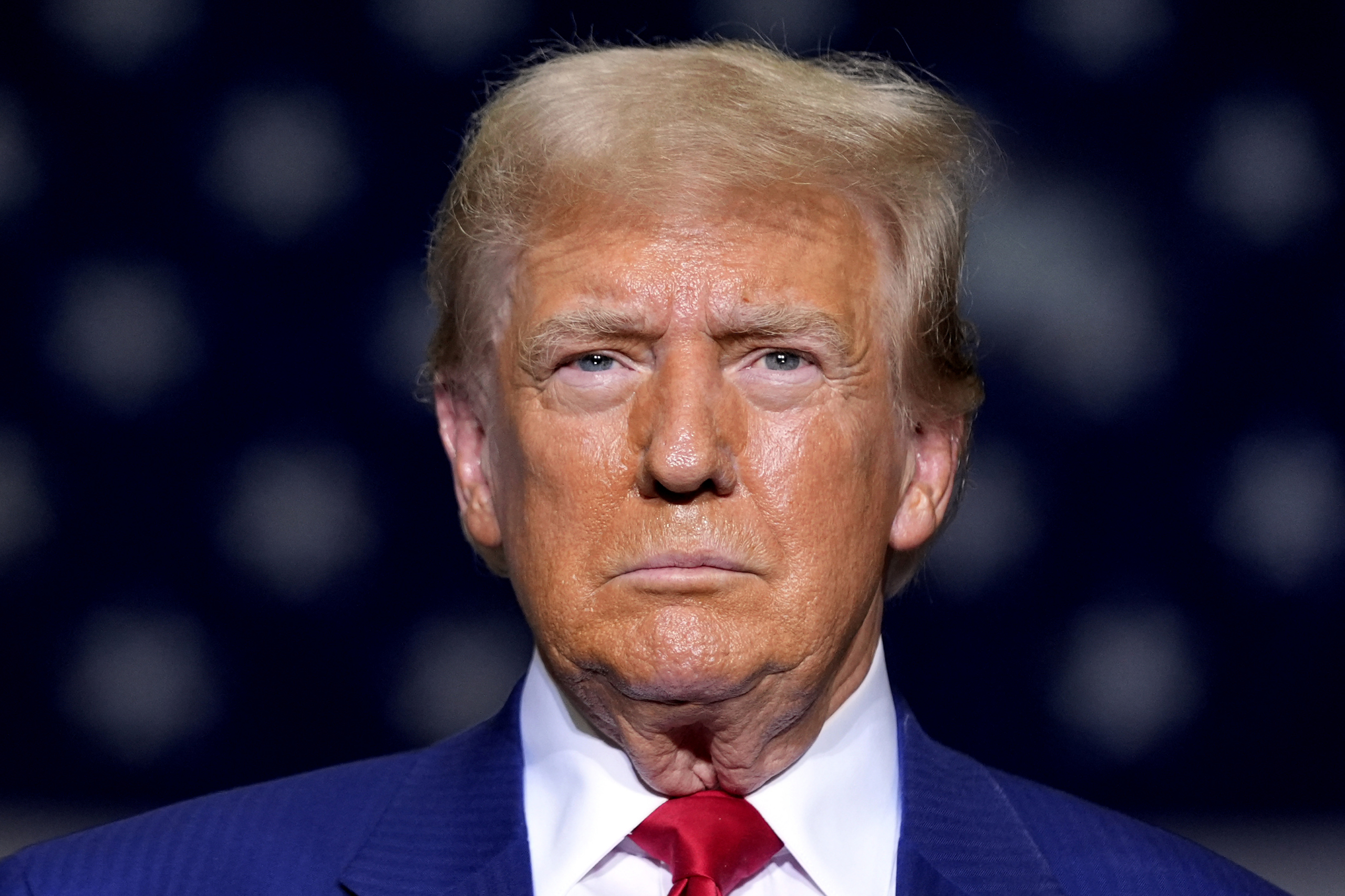
Air Pollution: The Greatest Global Threat to Human Health
Air pollution is identified as the greatest global threat to human health, according to the latest report from the Air Quality Life Index (AQLI).
The World Health Organisation (WHO) revised its air pollution guidelines in 2021, highlighting the detrimental impact of air pollution on human health. Shockingly, the report revealed that 99% of the world’s population was breathing unhealthy air. In many cities and countries, air pollution consistently reaches hazardous levels.
It is important to note that there is no safe level of air pollution exposure, as it can lead to various diseases such as lung disease, heart disease, strokes, and cancer.
Despite the alarming warnings and the health risks faced by millions of people, governments and companies responsible for air pollution are not taking sufficient action to address the issue. This has sparked a global people’s movement advocating for clean air and demanding local solutions such as air quality monitoring, sustainable public transportation, and transitioning to greener energy sources.
Thailand – Involving Indigenous Knowledge in Tackling Air Pollution
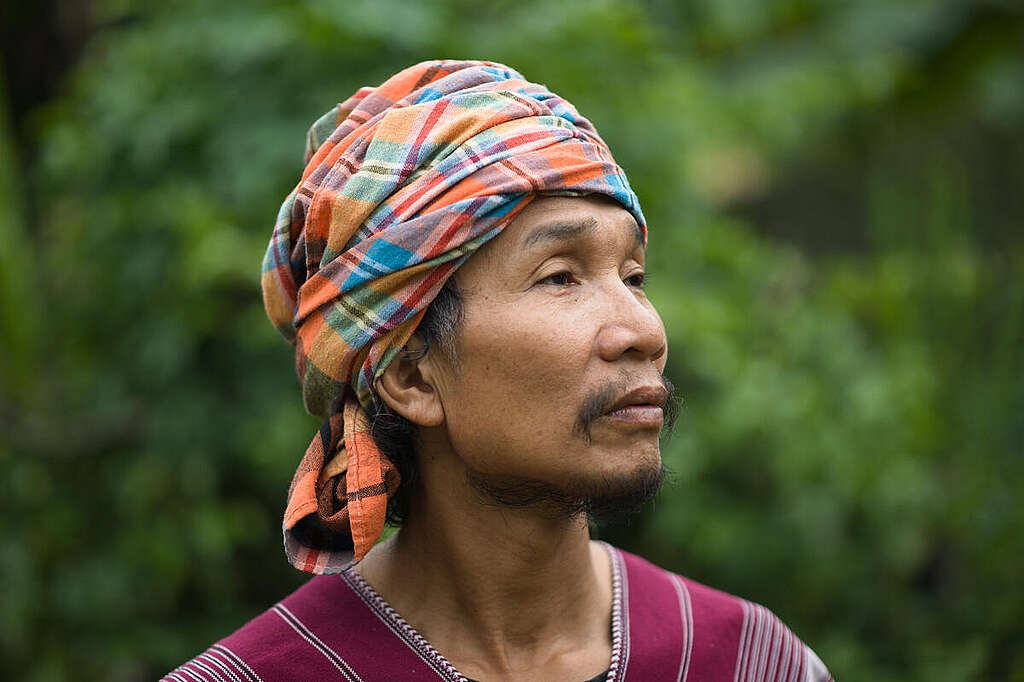
In Thailand, the northern region suffers from severe air pollution caused by seasonal agricultural burning for animal feed. This practice leads to the release of smoke and air pollutants that spread throughout the country, exacerbating existing industrial and motor vehicle pollution in cities. Chiangmai, a city in the north, was even ranked as the world’s most polluted city by Swiss air quality company IQAir.
Prue Odochao, a member of the Pgakenyaw Indigenous group, resides in the Samoeng District in Chiangmai. As a farmer, he relies on the forests, rivers, and nature for his livelihood and sustenance. Prue has been leading his community in their efforts to protect their rights and way of life.
He emphasizes that Indigenous People in the area have traditional practices related to controlled burning, which have been passed down through generations. However, the issue of toxic haze in Northern Thailand only emerged in the last two decades, coinciding with the expansion of maize agriculture for livestock. Prue believes that empowering civil society and respecting the diversity of ways of life and cultures are crucial for addressing air pollution issues.
Thailand – Advocating for the People’s Right to Know
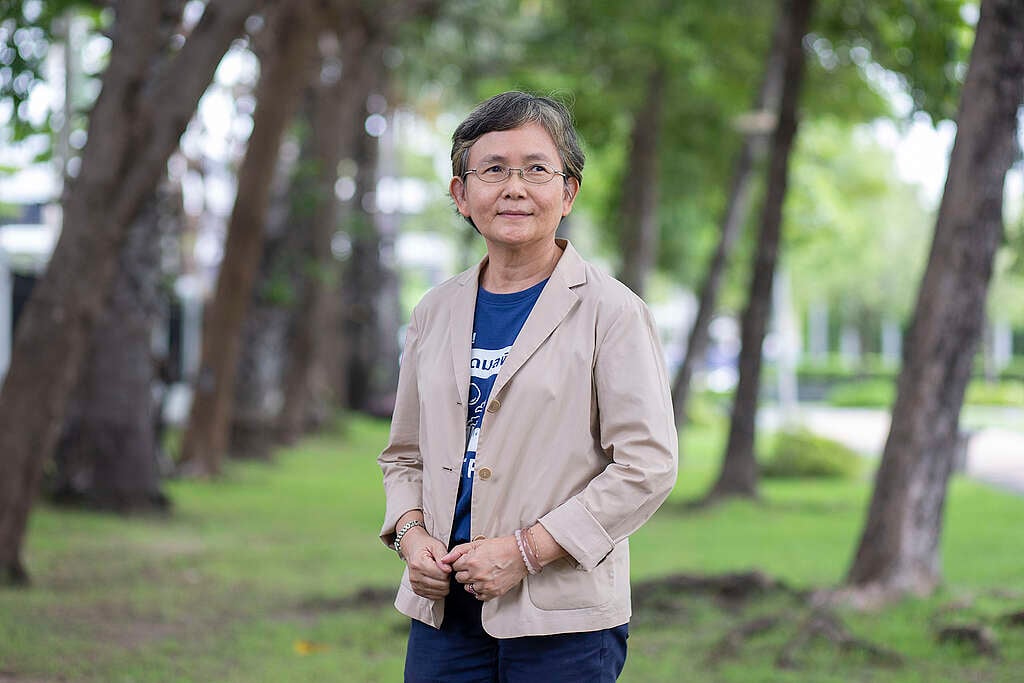
Penchom Saetang is the Founding Executive Director of Ecological Alert and Recovery–Thailand (EARTH), a non-profit organization focused on industrial pollution. Since 2001, she has been advocating for the implementation of the Pollutant Release and Transfer Register (PRTR) law to reduce pollution from industries. The PRTR aims to inform the public about industrial pollutants that may impact their health.
Penchom’s activism began in 1998 when the community in the Map Ta Phut area in Rayong, Thailand, expressed concerns about smoke and odors emanating from a nearby coal-powered plant. Together with Greenpeace Thailand and Global Community Monitor, Penchom collected air samples and sent them to a lab in the United States. The lab detected 30 different compounds, including benzene, chloroform, and formaldehyde, at significantly elevated levels. This led to a report titled “What’s in the Air” and fueled Penchom’s commitment to advocating for the community’s right to know about air pollution.
Indonesia – Suing for Clean Air
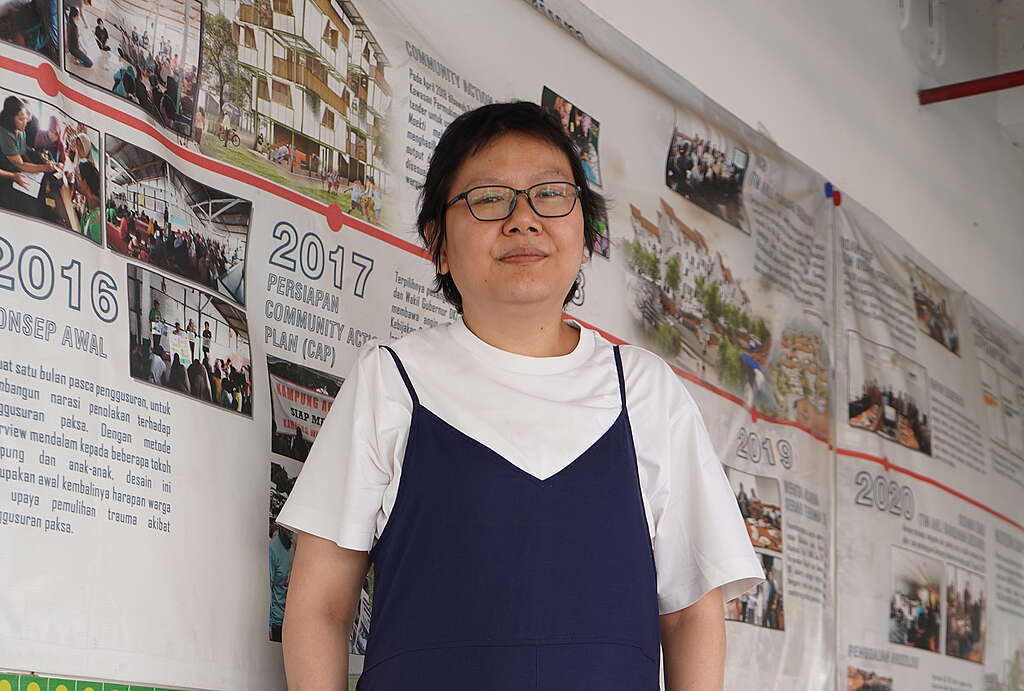
Jakarta, the capital city of Indonesia, is one of the most polluted cities in the world, primarily due to emissions from transportation, industrial facilities, and coal-fired power plants in neighboring provinces and satellite cities.
In 2019, a group of 32 Jakarta residents, including Elisa, filed a lawsuit against Indonesian President Joko Widodo and other government members for their inaction on air pollution and negligence regarding health risks. They demanded that the local government of Jakarta and surrounding regions take significant measures to control air pollution.
Although the court ruled in favor of the citizens in 2021, ordering monitoring stations and other actions to improve air quality, substantial progress has yet to be made. In fact, Joko Widodo and his ministries filed an appeal in 2022, which was denied. Elisa, an urban development activist, became concerned about air pollution during her pregnancy in 2011 and became even more passionate after being diagnosed with cancer in 2022. She is making personal lifestyle changes to combat air pollution but believes that government intervention is crucial in implementing effective pollution control measures.
South Africa – Building Climate Change Resilience at the Grassroots Level
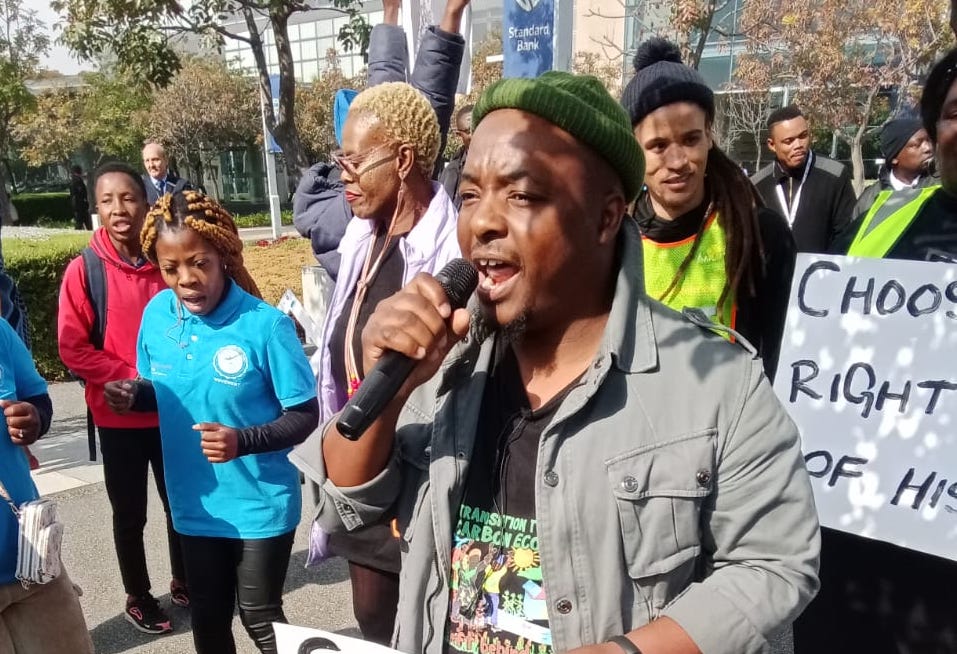
South Africa heavily relies on coal for electricity generation, leading to severe air pollution in the country, particularly in the industrialized Highveld region. A 2019 Greenpeace report ranked the region among the highest in the world for emissions of sulfur dioxide and nitrogen dioxide, two dangerous pollutants. The poor air quality has had a significant impact on the health of millions of people living in the area.
Thabo Sibeko, a Senior Programs Officer at Earthlife Africa, has been advocating for environmental issues since mobilizing young people in his township to engage in creative recycling as a response to poor waste management. He is now dedicated to building climate change resilience at the grassroots level by ensuring that local communities are well-informed and empowered to make decisions regarding air pollution and the climate crisis.
Malaysia – Putting an End to Transboundary Haze
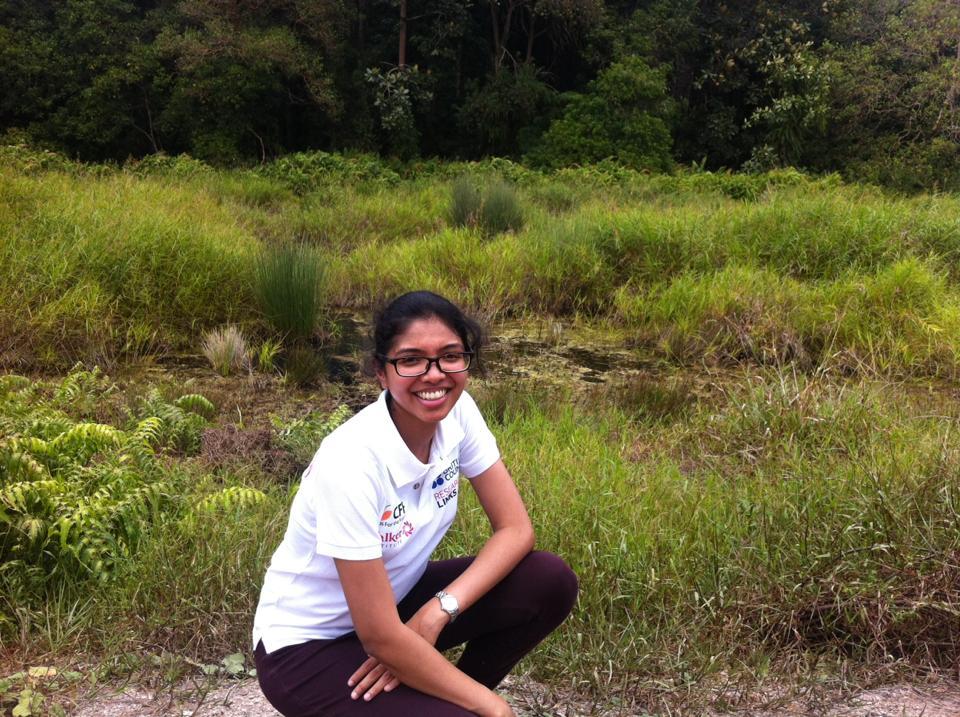 greenpeace.org
greenpeace.org

Join us, as fellow seekers of change, on a transformative journey at https://sdgtalks.ai/welcome, where you can become a member and actively contribute to shaping a brighter future.





